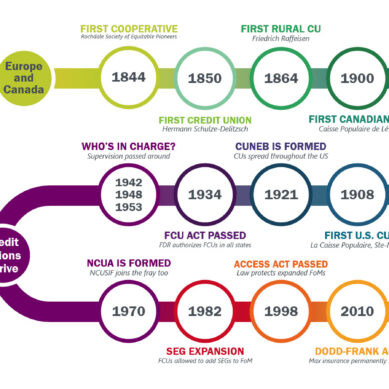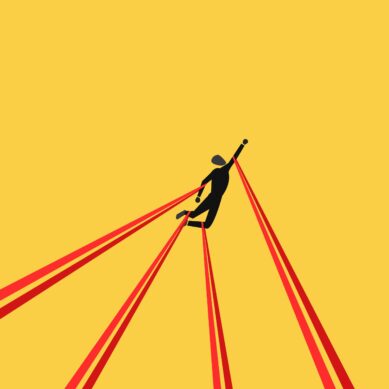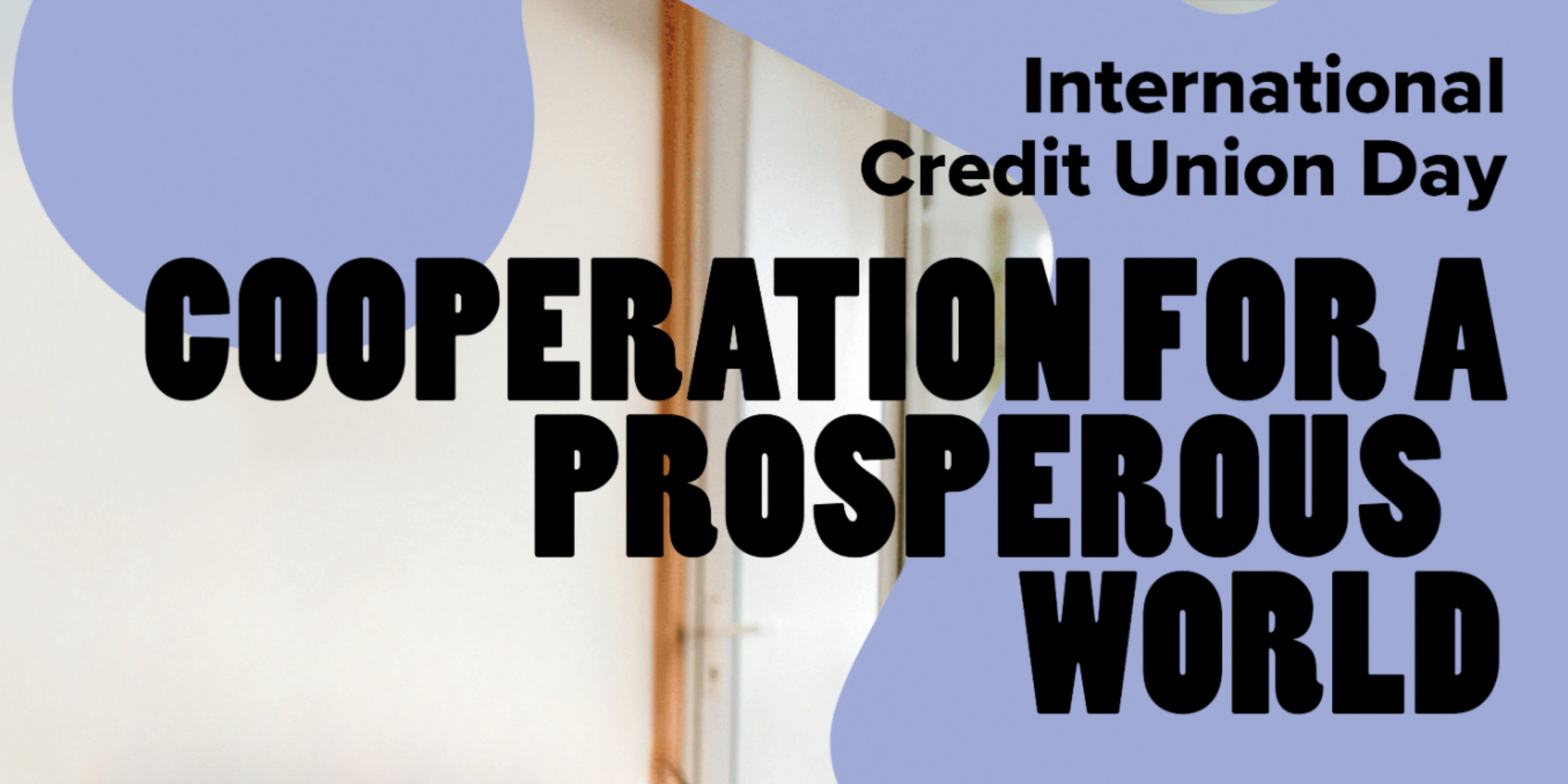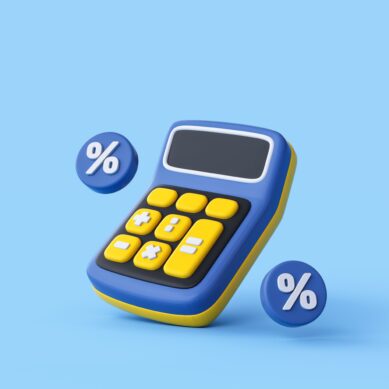Have you ever been asked to complete a task, but had no idea where to begin? Or maybe you are about to leave for vacation and are already thinking about the piles of work you will have when you get back. You’re not the only one, and that is why you should always have a “best practice” on hand. In other words, a set of guidelines that represent the most efficient way to complete a task. While this may seem simple, these guidelines can help you should you forget something as well as anyone who may take on a task for you.
Never miss a step
But how are best practices formed? It’s simple, all you need to do is take a common task and implement step-by-step directions on how to complete that task effectively. Put yourself in the shoes of someone who doesn’t have the first idea of how to accomplish the task. When in doubt, write it down.
Professionally, I tend to use best practices for common tasks that I personally do not complete often. There are times that I run across a task that I have not completed in over six months. That time can leave gaps in my memory regarding what steps come first or I may have forgotten a step entirely. Thankfully, I’m still able to complete the task because six months ago I thought, “Hey, this doesn’t come up often, so I should probably take some notes.” Not only does this alleviate time spent on my end, but it also allows for me to provide a quicker response time to the associated client.
Keep your bases covered
There are multiple benefits to creating and using best practices. They are effective and provide many learning opportunities. Creating a best practice for your day-to-day tasks is highly recommended. Suppose you are sick and cannot make it into the office, you can rest easy knowing all of your important job responsibilities have been documented, so the individual covering you will be able to ensure everything is completed and done right.
This can apply to other situations as well. For example, if you were working with a client and are now out of the office for three days, a team member can take over for you and continue working with the client. The client does not even need to know you were out of the office due to the associated tasks continued to be worked efficiently and accurately. Or, should you move to a new position in the company or make a job change, the new employee will have an easier time learning how to complete their new job responsibilities.
Make cross training easier than ever
I mentioned earlier how best practices create learning opportunities, and this is certainly true if your team is involved in cross-training. My team focuses on cross-training almost everyday of the work week and we do this by following others’ best practices. Your team can do this too! By documenting all your procedures you eliminate the risk of creating a single point of failure, where only one individual knows how to complete a certain task. Failure to create best practices for others might result in a stressful and difficult work week for those left to pick up the slack. Have an expert create the best practices for a given job and then pass that along to each of your team members. Maybe have one team member complete such tasks for two months and then switch the task to another.
Teamwork makes the dream work. Documenting your work isn’t the most exciting task in the world. Sometimes it can be downright annoying, getting in the way of moving on to the next thing. But when push comes to shove, formulating those best practices will be a major boon and help avoid a stressful situation for your team and clients.
































































